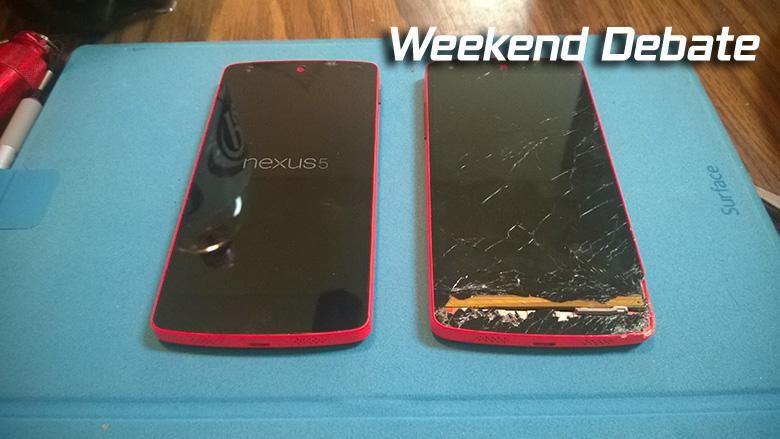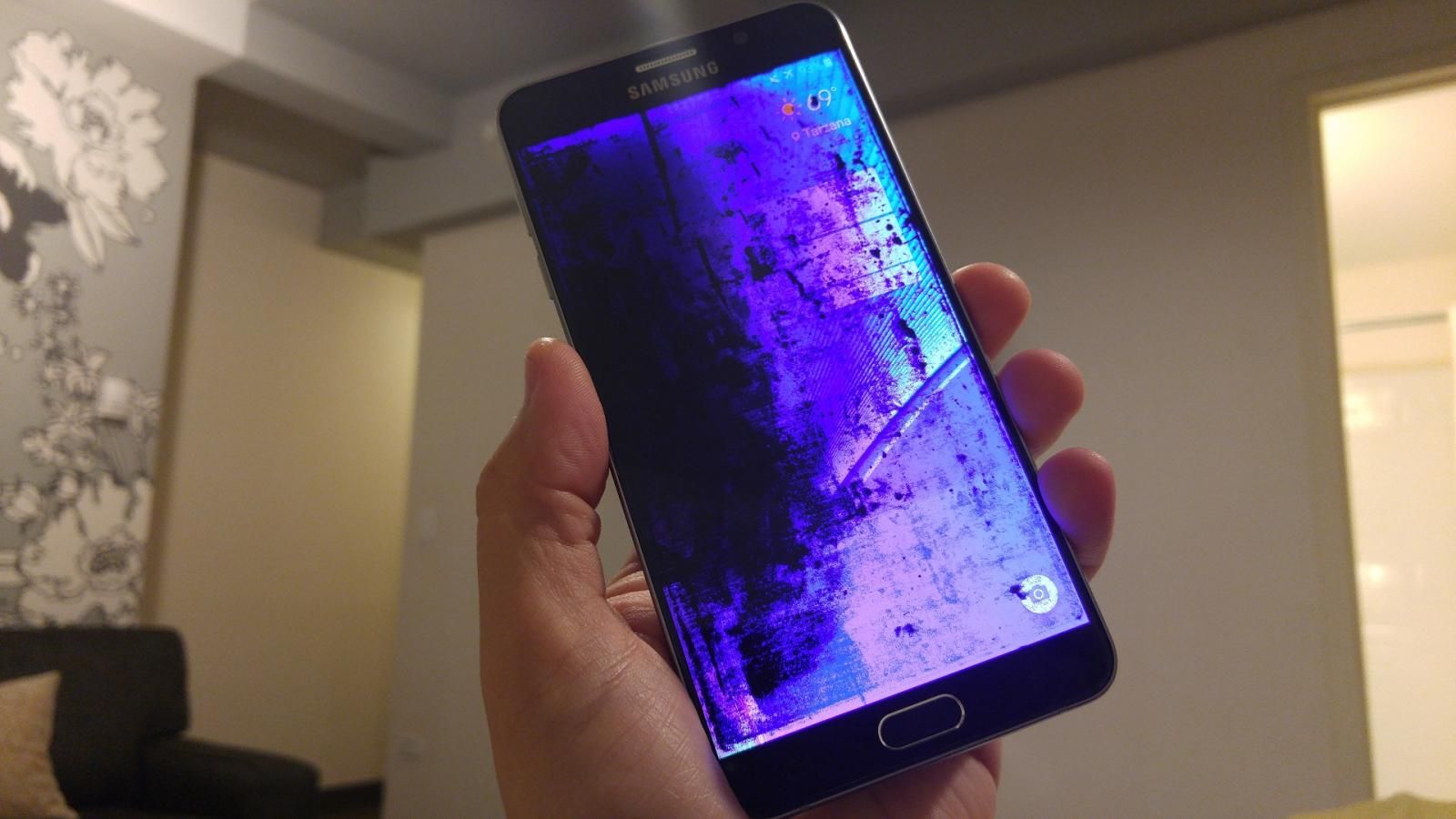Warranties fall into that category of “things you don’t think about until you need it”. At the end of the day, it’s nice that if your phone stops working in a short period of time, you can contact the company who made the phone and get some kind of satisfaction – most of the time. But every now and then, those warranties turn out not so great. Maybe there is an issue with your phone that isn’t covered or maybe the factory is swinging and missing on basic warranty service. Either way, suddenly that assurance isn’t so reliable.
Then, there’s the other side of the coin – devices with short or no warranty at all. These types of devices usually come with a deal of some sort. The Amazon Kindle Fire for example has a 90-day limited warranty, as opposed to the one-year warranty most devices come with. Used devices typically don’t have warranties at all, or if there is one, some of the time has been used up by the previous owner.
I wonder if toilet damage is covered by the warranty.
End to end warranty range
Actually Amazon’s devices run the gamut of extra short to extra-long warranties, spanning from the aforementioned 90-days to a full 24-month, no questions asked replacement policy. In cases like that like (no pun intended) the warranty becomes a selling point. Amazon pushed this particular warranty as a premium service, since it was a tablet designed for kids who typically aren’t the gentlest when it comes to mobile devices.
So on the one hand, a warranty is not only nice, but it’s a solid selling point. People will seek out a device with extra protection like this in order to get the most out of their devices and have the assurance that should anything happen, they won’t have to worry about shelling out hundreds of more dollars. This gives peace of mind to a consumer. Not only that, but when companies fail to keep up with a warranty, all hell breaks loose. I’m not going to name names, but the company’s first initial is “M” and it rhymes with “Boatorola”. You know. Keeping it on the down low.
When these promises aren’t kept a user feels betrayed and borderline helpless. What is a boy to do if he can’t get his Instagram on? It’s that type of promise that again we don’t think about until we need it. Then, when we need it, and we don’t get it, it stings quite a bit, which might drive one over to the other side of the “And yet…” fence.
And yet…
The nice thing about not having a warranty is there is no false hope of a company coming to your rescue. If something happens to your phone, it’s your own fault, and there’s no one to blame but you. You are not being fed promises with a slew of rules and regulations. This is just on you. Some might see this as a negative, but others see it as a sort of freedom and self-responsibility. There’s nothing wrong with that. It can be attractive because of what usually comes with the “No Warranty” sticker.
Phones without warranties are usually a lot cheaper. Either because a device isn’t necessarily designed to last that long, like the Amazon Kindle Fire, or because the phone has been used. Some of these phones can be refurbished, which often have a short warranty, or they might come from a private seller who just doesn’t want their phone any more. There’s nothing wrong with those phones either, except the whole no-warranty thing. In general though, if you’re shopping for a phone on eBay or Swappa, you’re probably not expecting to have a warranty, so you’ve likely already made your peace with it. Which is a good thing.
Sound off
So what about you? How important is a warranty for you in your pursuit of phone purchasing? Do you need to have a rock solid warranty so if there is some kind of failure, there’s a chance to get it fixed? Or do you prefer the more low-budget option with a limited or even no warranty? Is a lack of warranty a deal-breaker for you? Has the lawsuit against that company I most certainly did not name before sullied your taste for their products? Sound off below with your take on the situation, and let’s see if we can figure this out.



